

The New Zealand Government’s Participatory Science Platform (PSP) is a world-first initiative that aims to engage communities in research projects that are locally relevant and have quality ...
READ MORE

Names are important. They identify who we are and where we come from. But sometimes, names don’t tell the whole story. For example, the Oxford Dictionary defines ‘moth’ as an insect with two ...
READ MORE

Moths are members of the order Lepidoptera, but these mostly nocturnal creatures are often in the shadow of the brighter, day-flying butterflies. New Zealand has fewer than 20 butterfly species ...
READ MORE
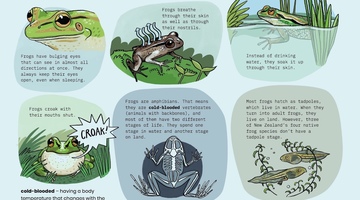
Frogs for the future? is a ready-to-use cross curricular teaching resource. It uses the Ministry of Education’s 2019 Connected article Kimihia Kermit by Philippa Werry. Rights: Crown 2019 Frog ...
READ MORE
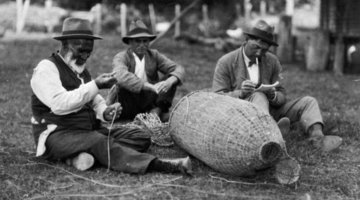
In this activity, students explore Māori perspectives concerning estuaries. By the end of this activity, students should be able to: explain how a Māori legend can show aspects of Māori thinking ...
READ MORE

In this activity, students place small stickers (tags) onto caught or newly emerged monarch butterflies and release them into the environment. The tag number, information about the butterfly and ...
READ MORE
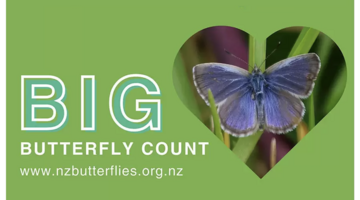
This New Zealand-based citizen science project collects data about butterflies in our gardens, schools, parks and farms – any location in the country or on the outer islands. This annual event – ...
READ MORE

Be part of a worldwide movement and use Global Earth Challenge to submit or classify photos to help our planet’s environment and human health. Global Earth Challenge is a citizen science campaign ...
READ MORE
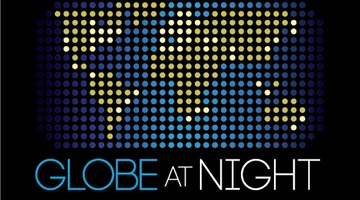
Globe at Night is an international citizen science campaign to raise public awareness of the impact of light pollution by inviting citizen scientists to measure and submit their night sky ...
READ MORE

In this online PD session recorded on 30 July 2015, primary school teacher Angela Schipper describes how she used the Butterflies resources from the Science Learning Hub in the classroom. In ...
READ MORE
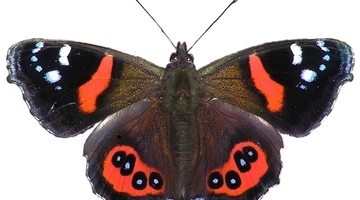
The New Zealand Curriculum has a strong focus on ensuring that all students have the skills and knowledge to participate in public debates and decision-making processes as critical, active ...
READ MORE
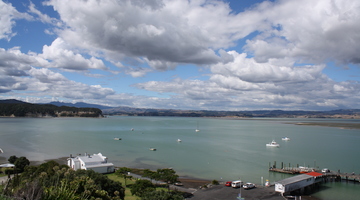
With 75% of New Zealanders living within 10 km of the coast, many students will be familiar with estuaries. In scientific terms, estuaries are the interface between the land and the sea – the ...
READ MORE
Dr Barbara Anderson, leader of Ahi Pepe MothNet, discusses the science protocols used in the project. One of the questions the project is trying to answer is whether vegetation restoration ...
READ MORE
Parents at Te Kura Kaupapa Māori o Ōtepoti discuss the value the Ahi Pepe MothNet project has added to students’ learning. Of particular value is the opportunity to engage in science with a ...
READ MORE
Ka kōrero a Maia rāua ko Tūmai, nō Te Kura Kaupapa Māori o Ōtepoti mō te take i pai ai kā pepe tuna ki a rāua. English translation Maia and Tūmai from Te Kura Kaupapa Māori o Ōtepoti tell us why ...
READ MORE

Exploring moths as ecological indicators of health and connectedness in our natural world. Select here for further information, transcript and copyright.
READ MORE

This slideshow, from the webinar Te Tatauranga o ngā Manu Māra o Aotearoa – The New Zealand Garden Bird Survey, provides additional support for the video tutorial. Use the Slideshow menu for ...
READ MORE

Discover a range of scientific approaches – select a label for videos and more information to support your understanding.
READ MORE